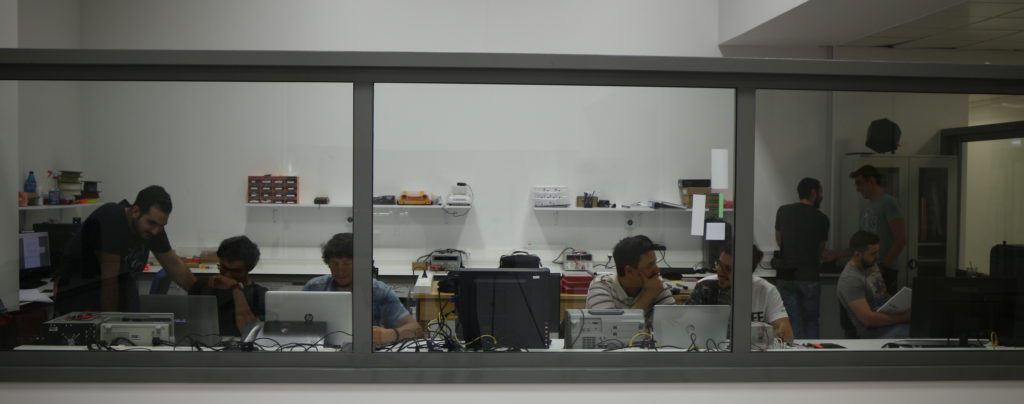
Our research focuses on small scale robots: we design, model, fabricate, assemble, and test miniature novel robots. Robots at the small scale cannot be made from conventional materials or they cannot be modeled like conventional robots due to scaling laws. Therefore, fabrication and assembly processes used for miniature robots also differ from conventional macro-scale robots.
We are interested in building unconventional and novel miniature robotic systems to tackle the challenges of miniature robotics and push the envelope in robotics research. We are looking for answers to the following questions:
- How can we make miniature robots more easily and/or inexpensively? One pressing issue with miniature robots is that they are expensive and difficult to make. The often-used fabrication methods in miniature devices require extensive user training, are very selective towards its substrate, and require an expensive infrastructure. Our research focuses on small terrestrial robots that are fabricated using planar fabrication and origami-inspired folding techniques in to reduce manufacturing complexity.
- How can we make robots and their mechanisms smaller? A primary reason behind creating miniature robots/mechanisms is to exploit scaling laws to build mechanisms that have favorable properties compared to their macroscale counterparts. An example of mechanisms with unique performance when scaled down is the hydrophobic water strider robot legs. When a floating robot is designed to be below a certain weight, these hydrophobic legs can utilize surface tension to make the robot stay afloat without using buoyancy; hence, reducing the drag force experienced by the robot.
- How do we optimize the capabilities of miniature robots? Due to the limited payload capacity of miniature robots, integrating commercially available sensors and end-effectors to perform tasks is challenging and often infeasible. However, making robots smaller should not mean compromising capabilities or complexity. Our research relies on testing and modeling miniature robot prototypes to increase capabilities such as payload capacity that can be used for sensing the environment and powering the robot.
Externally-Funded Projects:
